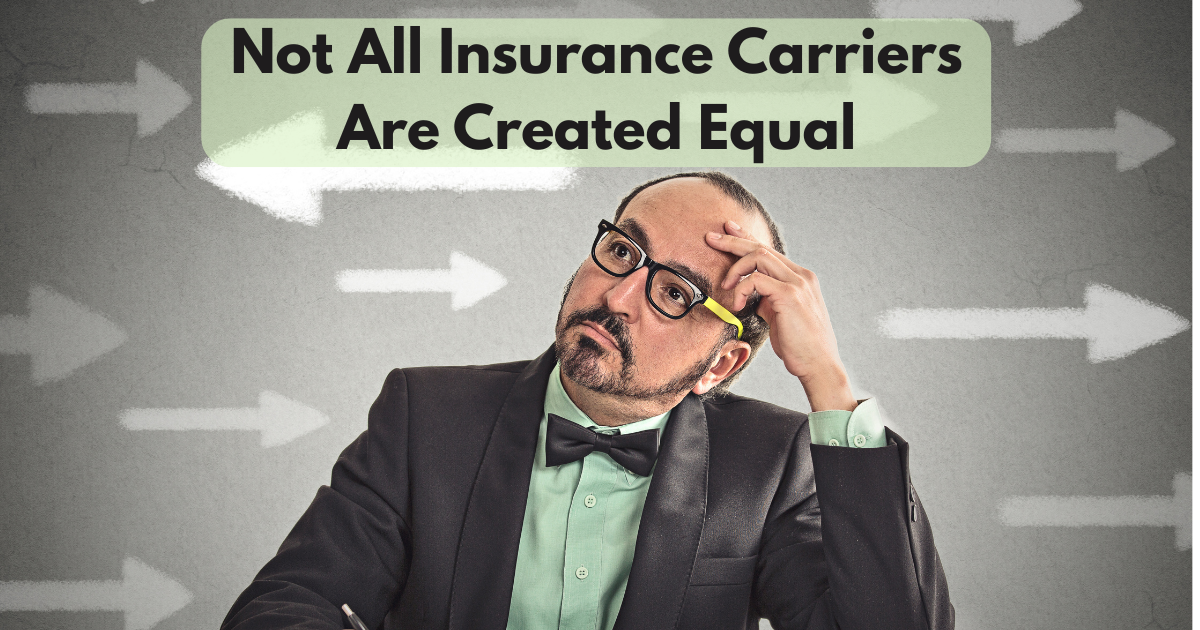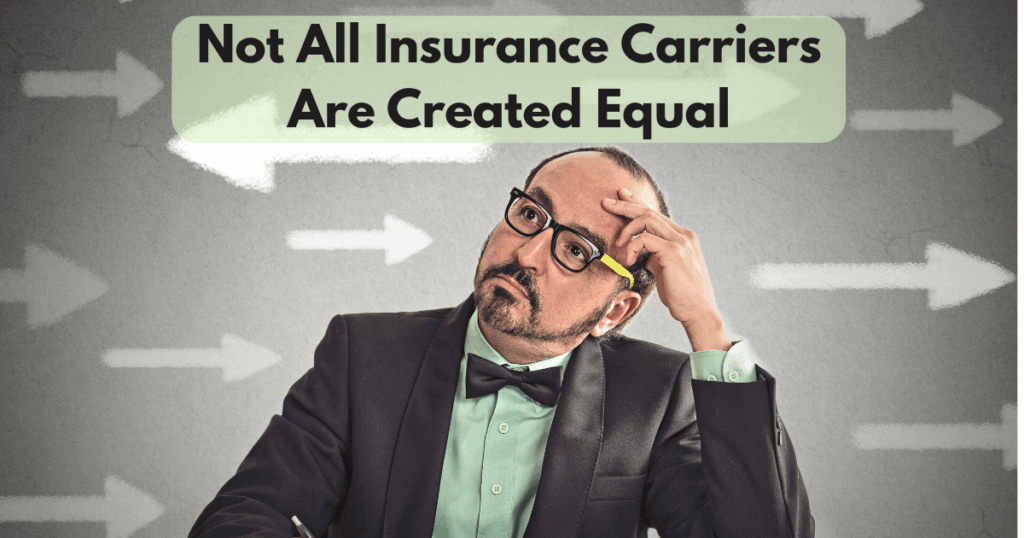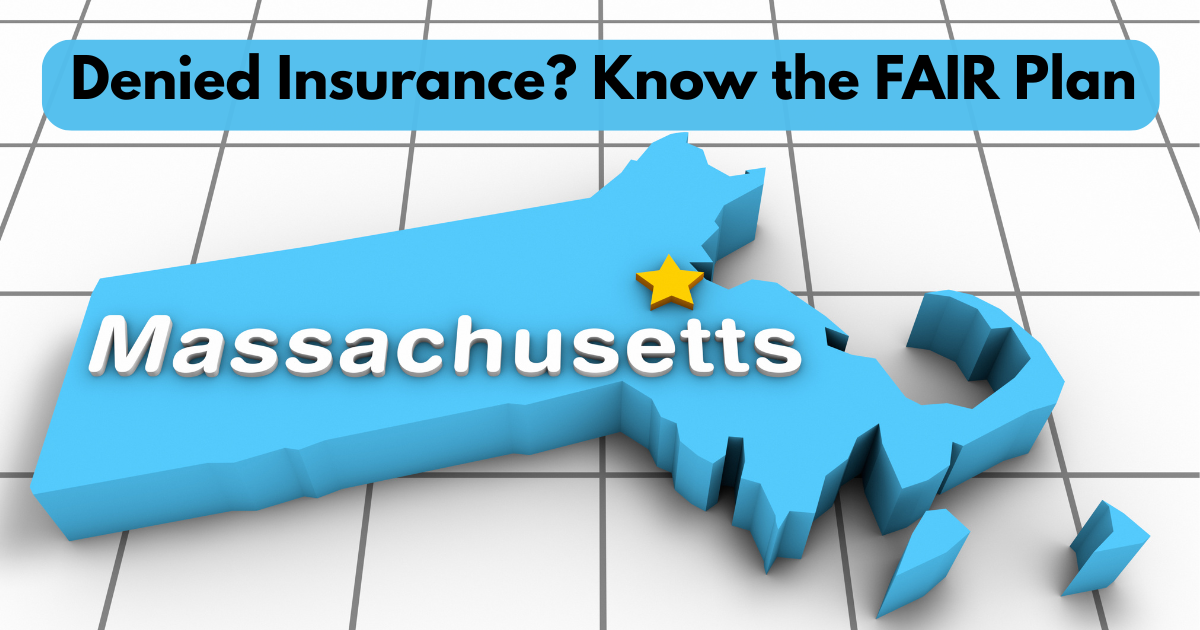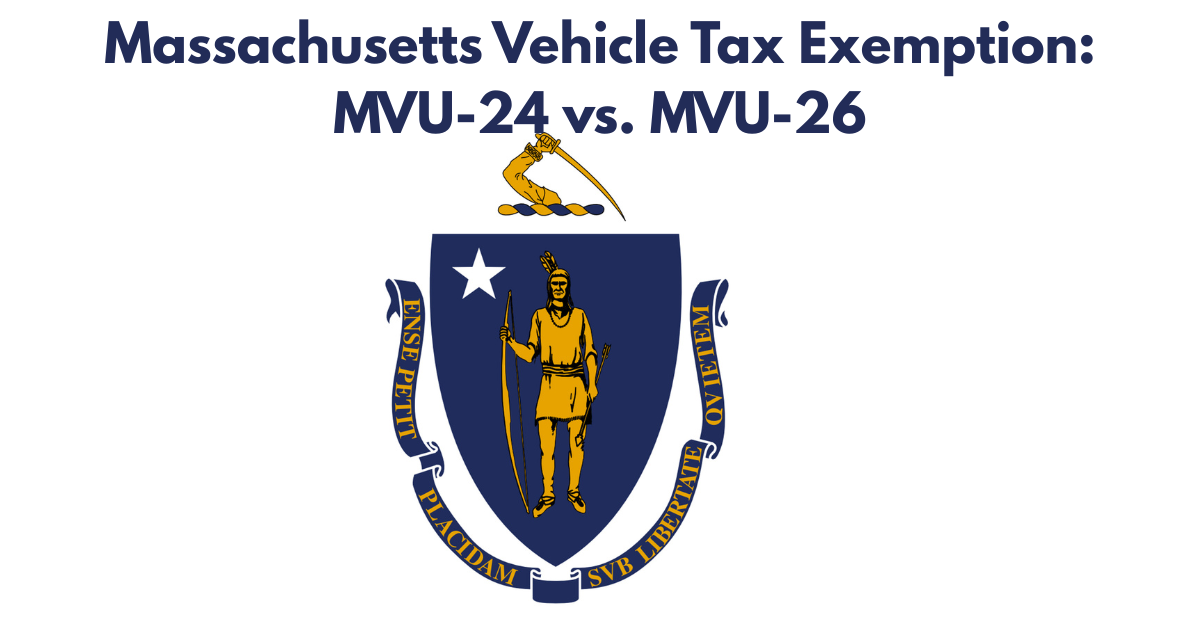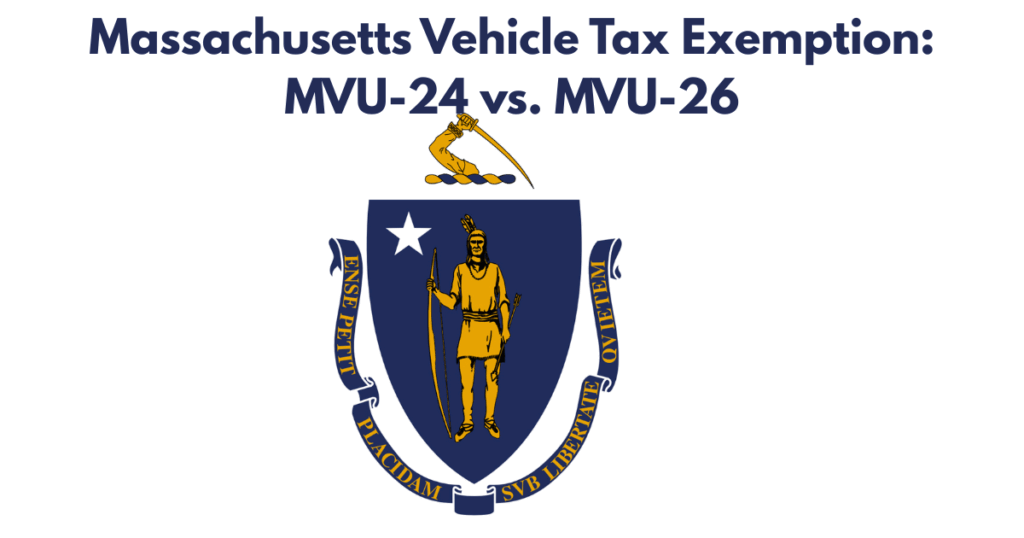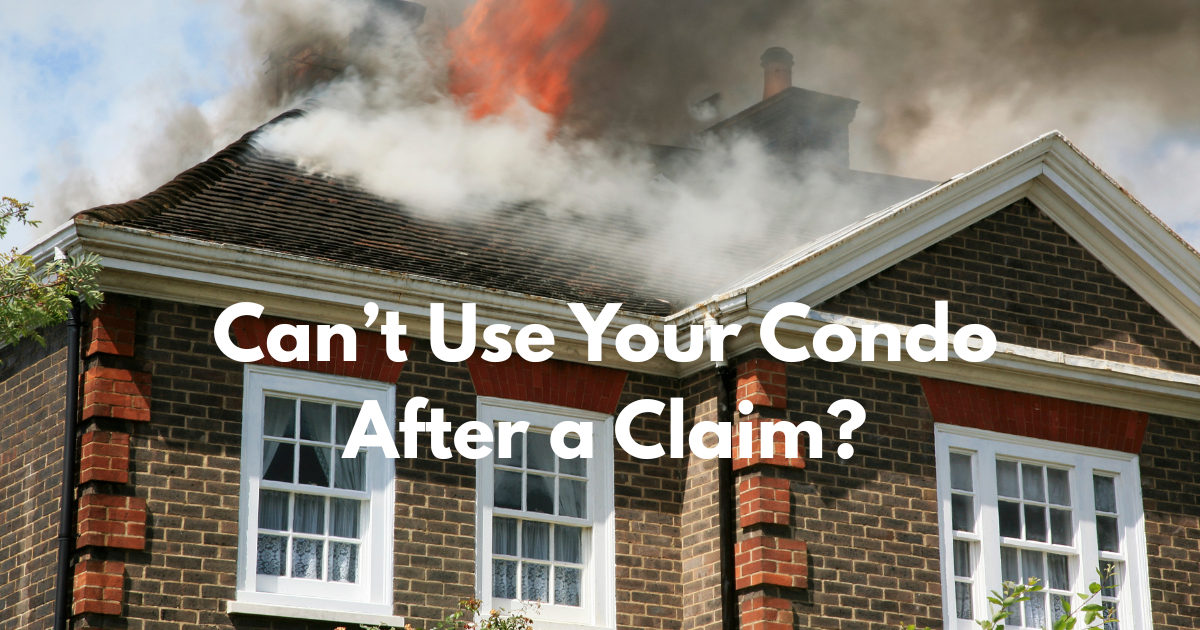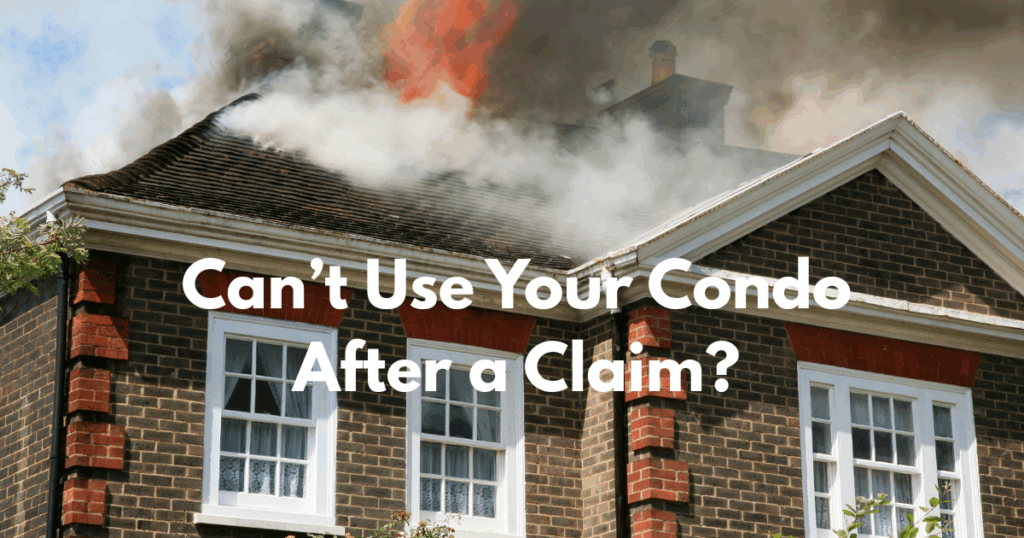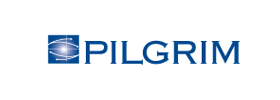Homeowners Insurance Deductible: How to Choose the RIGHT Amount (Save Money!)

Question: Not sure if your homeowners insurance deductible is too high or too low?
Question: Are you paying more than you should each year just because you picked the “default” deductible?
In this article, you’ll learn how to choose the right homeowners insurance deductible based on your home, budget, risk level, and financial goals.
We’ll walk you through the different types of deductibles, show how they impact your premium, and help you confidently select the amount that saves you money without exposing you to unnecessary risk.
What Is a Homeowners Insurance Deductible?
A deductible is the amount you agree to pay out of pocket before your insurance company covers the rest of a claim. For example, if you file a claim for $10,000 in wind damage and your deductible is $2,000, your insurer would pay $8,000.
Deductibles apply to most property damage claims, including fire, storm, theft, and water damage (except flood — which requires separate coverage).
Types of Deductibles
There are two main types of homeowners insurance deductibles:
- Flat dollar amount – Example: $1,000 or $2,500
✅ Predictable, straightforward
✅ Common in most standard home policies - Percentage-based deductible – Usually based on the home’s insured value
Example: 2% of a $400,000 home = $8,000 deductible
⚠️ Often used in high-risk areas for wind/hurricane/hail
Pro tip: Some policies use both. For example, a flat deductible for fire/theft and a percentage for wind/hail. Be sure to read the fine print.
How Deductible Amount Affects Your Premium
This is where the math gets interesting — and where many homeowners leave savings on the table.
- Higher deductible = lower premium
You’re taking on more risk, so the insurer rewards you. - Lower deductible = higher premium
You’re shifting more risk to the insurer, and paying for it.
Here’s a simplified example:
| Deductible | Annual Premium |
|---|---|
| $500 | $2,100 |
| $1,000 | $1,850 |
| $2,500 | $1,550 |
Over five years, the $2,500 deductible plan saves you $2,750 in premiums — more than one full deductible’s worth of savings.
Some insurance companies offer a $5,000 deductible, but the savings compared to a $2,500 deductible is often only around $125–$145 per year, which does not make it an attractive option.
How to Choose the Right Deductible for You
Here’s how to make a smart decision:
1. Know Your Emergency Fund
Could you comfortably cover a $1,000 or $2,500 surprise repair tomorrow? If yes, you can consider a higher deductible. If not, play it safe with a lower one — but prepare to pay more in premiums.
2. Evaluate Your Claims History
If you haven’t filed a claim in 10+ years and take great care of your home, you may benefit from a higher deductible. If you’ve had frequent claims or live in a high-risk area, a lower deductible may be the safer play.
3. Consider the Break-Even Point
How long would it take to “make back” the premium savings from a higher deductible? If you can go 5–10 years without a claim, the savings may be worth it.
4. Check for Percentage-Based Deductibles
Especially if you live in hurricane or wildfire zones, double-check if your wind/hail deductible is 1%–5% of your home’s value. That’s a BIG out-of-pocket cost.
Bonus Tip: Avoid Filing Small Claims
If your deductible is $1,500 and the damage is $2,000, you may want to avoid filing the claim altogether. Why?
- You’ll only receive $500
- You may lose a claim-free discount
- Your premium may rise next renewal
High deductibles help you avoid these situations by making it easier to self-insure small losses and only file for large ones.
Key Takeaways
- The deductible you choose directly affects how much you pay — both in premiums and claims.
- Raising your deductible can save hundreds per year, but only if you have the funds to cover it when needed.
- Be clear on whether you have a flat or percentage-based deductible, and how it applies to different types of claims.
Need Help Reviewing or Adjusting Your Deductible?
Vargas & Vargas Insurance can walk you through your current policy and help you run the numbers. We’ll show you what deductible makes sense based on your home, budget, and risk tolerance — no pressure, just honest advice.
👉 Click here to learn more or for a free policy review and make sure you’re not overpaying.



